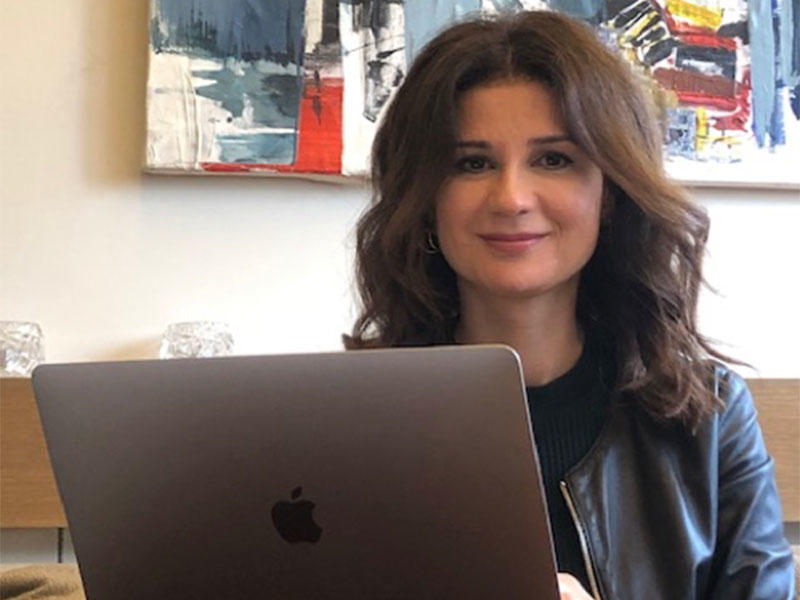Dr. Sola Aoun Bahous, Professor of Nephrology and Associate Dean for Medical Education
How hospital rounds and clerkships went virtual, while OSCEs were carried out through a customized hybrid scheme.
 At the Gilbert and Rose-Marie Chagoury School of Medicine, the transition to virtual learning was particularly challenging for Med III and Med IV students, who typically learn through direct interaction with patients and the healthcare team.
At the Gilbert and Rose-Marie Chagoury School of Medicine, the transition to virtual learning was particularly challenging for Med III and Med IV students, who typically learn through direct interaction with patients and the healthcare team.
In order to keep students on track, we had to create virtual clerkships, and devise new tools.
Rounds have gone virtual. Activities of on-the-ground residents, with descriptors of the workplace, as physicians examine real patients at the hospital are being video-recorded, but only with the patients’ consent. The videos are then shared with students for case discussions. History-taking for the students’ psychiatry clerkship is now being done remotely, with students collecting the history of real patients from a distance.
For surgery and anesthesiology students, direct demonstrations of procedures and surgical acts are being offered, and e-learning in radiology involves live discussions of challenging complex quizzes and radiological findings selected from an anonymous patient bank.
As a first in Lebanon, we conducted a virtual Objective Structured Clinical Examination (OSCE) for the graduating class (Med IV) to complement teaching by assessment of learning. This experience consisted of a hybrid on-site (at the Clinical Simulation Center) and remote interaction between examinees and examiners and involved the concomitant use of multiple platforms such as the Learning Space, Webex and Blackboard.